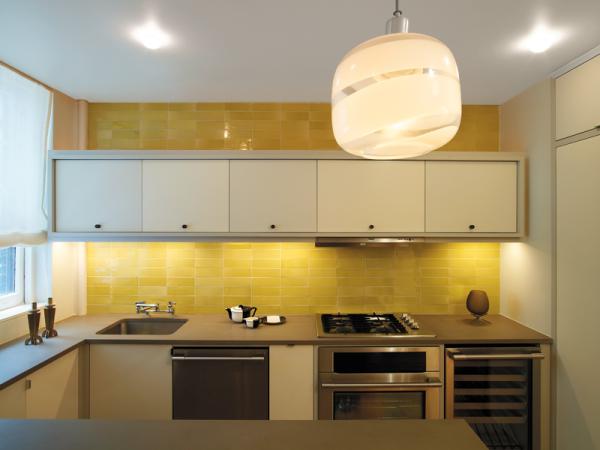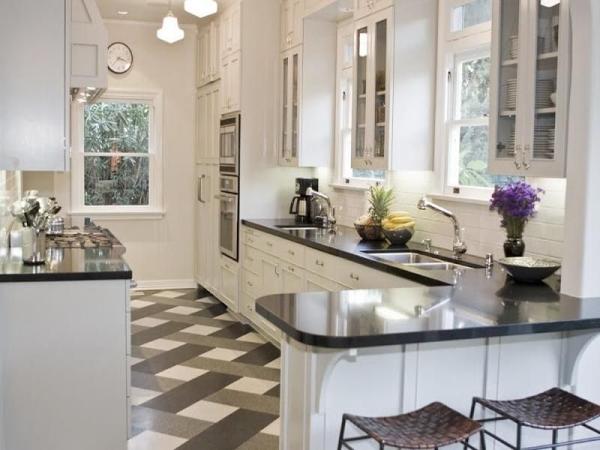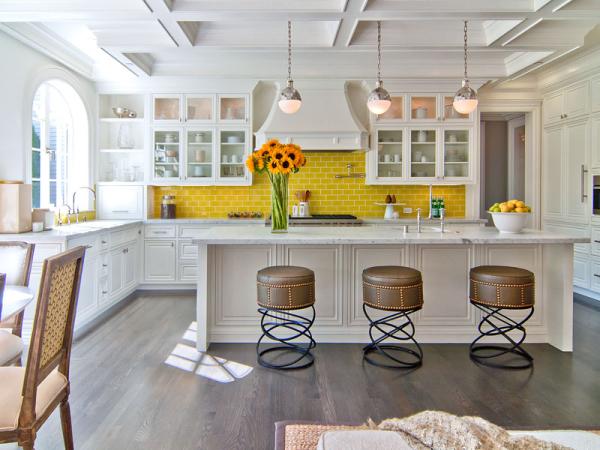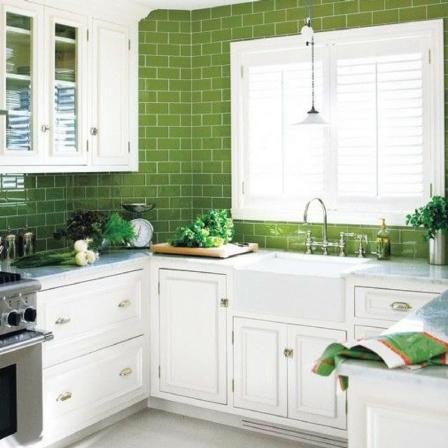Ceramic tiles have long been revered for their durability, versatility, and stunning aesthetic appeal. Spanish-style ceramic tiles, in particular, have gained popularity worldwide for their rich history, intricate designs, and vibrant colors.
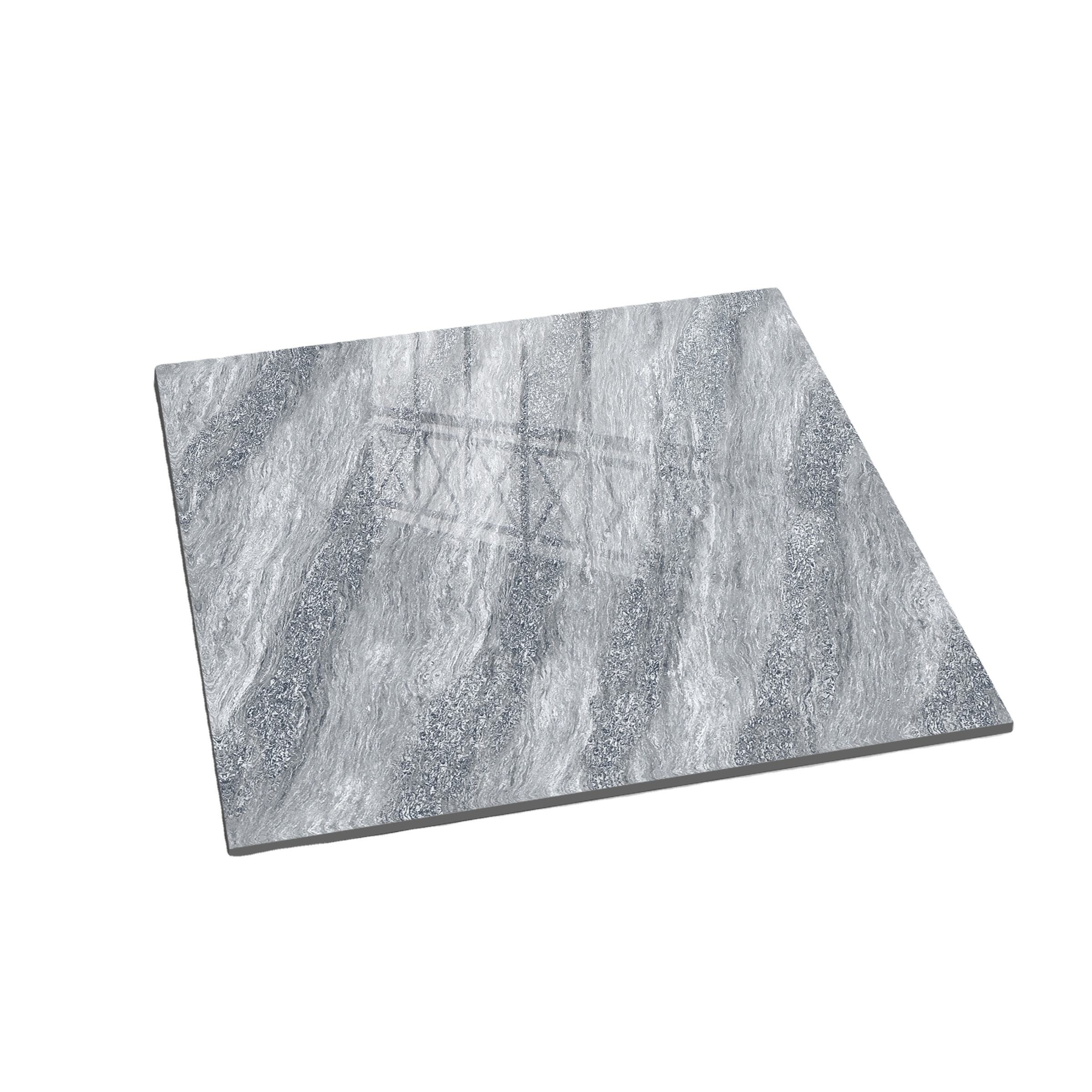
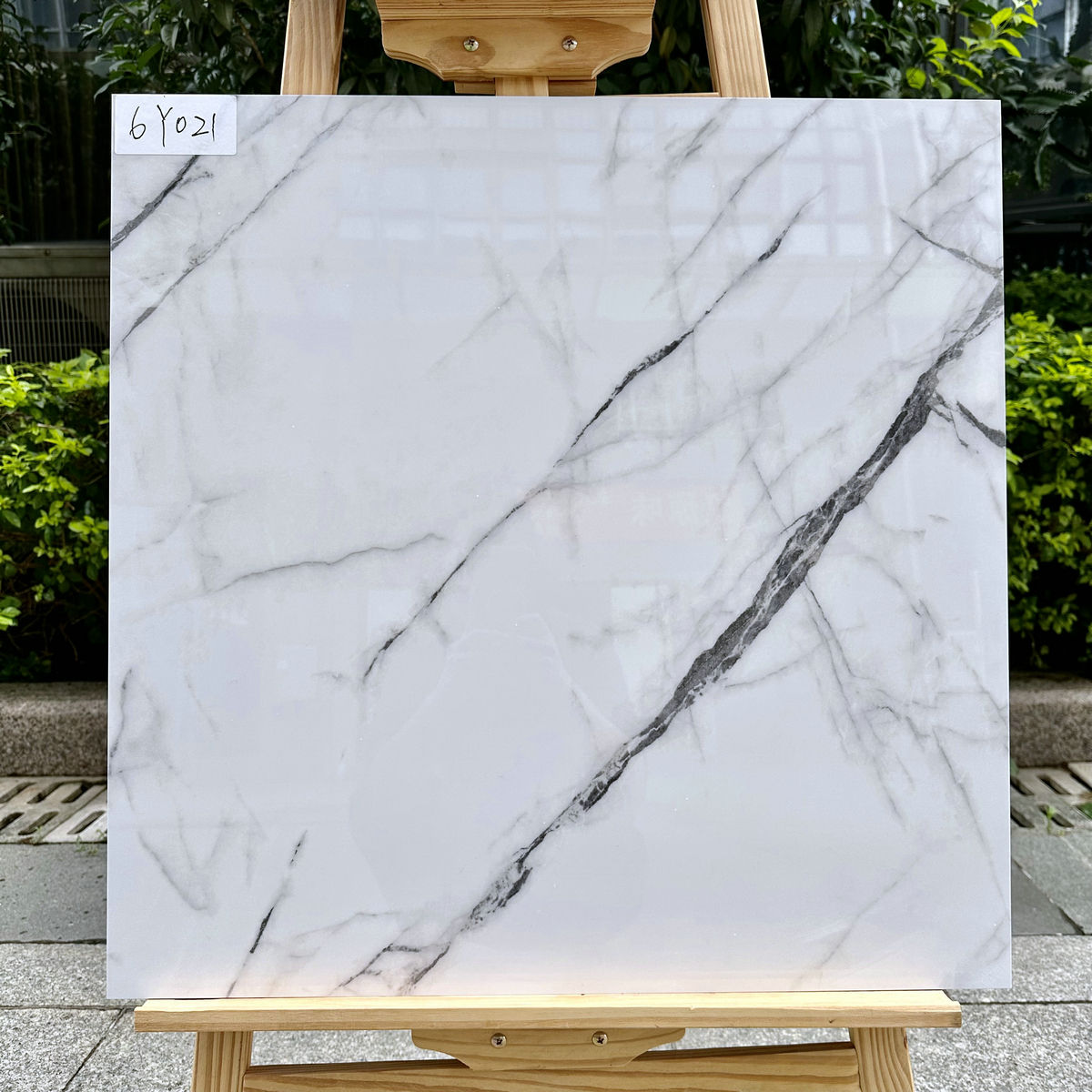
Introduction

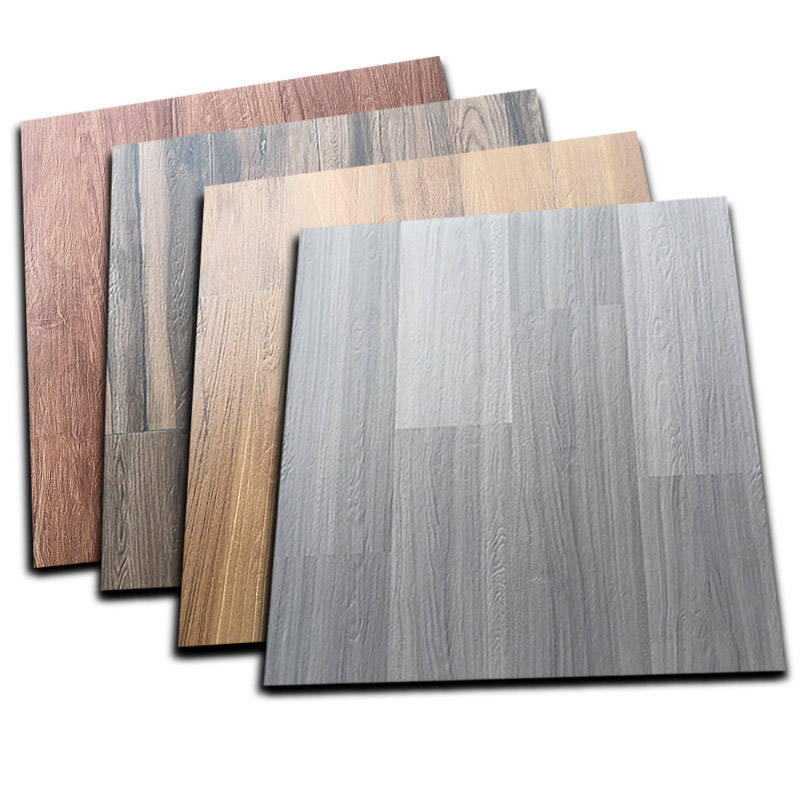
This article explores the unique characteristics and timeless beauty of Spanish-inspired ceramic tiles, delving into their origins, distinct patterns, and modern applications.
The Origins of Spanish Ceramic Tiles
Spain has a rich architectural heritage that has heavily influenced ceramic tile design. Dating back to the 9th century, Spain’s Islamic influence introduced intricate geometric patterns and vibrant colors into tile production. From the southern region of Andalusia to Catalan Modernism in Barcelona, Spanish ceramic tiles are a testament to centuries of cultural fusion, craftsmanship, and artistic expression.
Distinctive Patterns and Motifs
Spanish ceramic tiles are renowned for their unique patterns and motifs. The classic Talavera de la Reina style, for example, features bold, hand-painted patterns in blue, green, and yellow hues. These motifs are typically inspired by nature, folklore, and historical events and are characterized by repetitive geometric shapes, arabesques, and floral designs.
Another iconic Spanish tile style is the Zellige tile, originating from the Moorish period. These tiles are characterized by intricate mosaic patterns and use a combination of earthy tones, including blues, greens, and browns. This style often incorporates complex star-shaped designs known as “Estrellas,” adding a touch of elegance to any space.
The Versatility of Spanish Ceramic Tiles
One of the most appealing aspects of Spanish-inspired ceramic tiles is their versatility in various design settings. Whether used as floor tiles, wall coverings, or decorative accents, these tiles effortlessly bring a distinctive Mediterranean flair to any space.
In traditional Spanish homes, ceramic tiles often adorn the floors and walls of patios, kitchens, and bathrooms. Their robust nature, resistance to moisture, and ease of maintenance make them ideal for high-traffic areas. Spanish tiles can also be used in contemporary or eclectic designs, creating a charming juxtaposition between old-world charm and modern aesthetics.
Contemporary Applications of Spanish Ceramic Tiles
Spanish-style ceramic tiles have evolved beyond traditional applications and are now being used extensively in modern architecture and interior design. Their unique patterns and vibrant colors make them a fantastic choice for adding striking accents to minimalist, Scandinavian, or industrial-inspired spaces.
In contemporary designs, Spanish tiles are frequently used as feature walls or backsplashes in kitchens and bathrooms, instantly transforming these spaces into vibrant and visually interesting areas. The bold geometric patterns and vivid color palettes of Spanish tiles can also be incorporated into furniture design, tabletops, and even artworks, breathing new life into mundane surfaces.
Sustainability and Durability
Ceramic tiles, including Spanish-inspired designs, are known for their sustainability and durability. Made from natural materials like clay, sand, and water, ceramic tiles have a long lifespan, reducing the need for frequent replacements. Their non-porous surface makes them resistant to stains and easy to clean, further enhancing their longevity.
Conclusion
Spanish-inspired ceramic tiles have stood the test of time, capturing the imagination of design enthusiasts with their unique patterns, rich colors, and versatile applications. Rooted in a rich architectural heritage, these tiles effortlessly blend traditional elegance with modern aesthetics. Whether used in a traditional or contemporary setting, the allure of Spanish-style ceramic tiles remains unmatched, adding an air of timeless beauty to any space.
